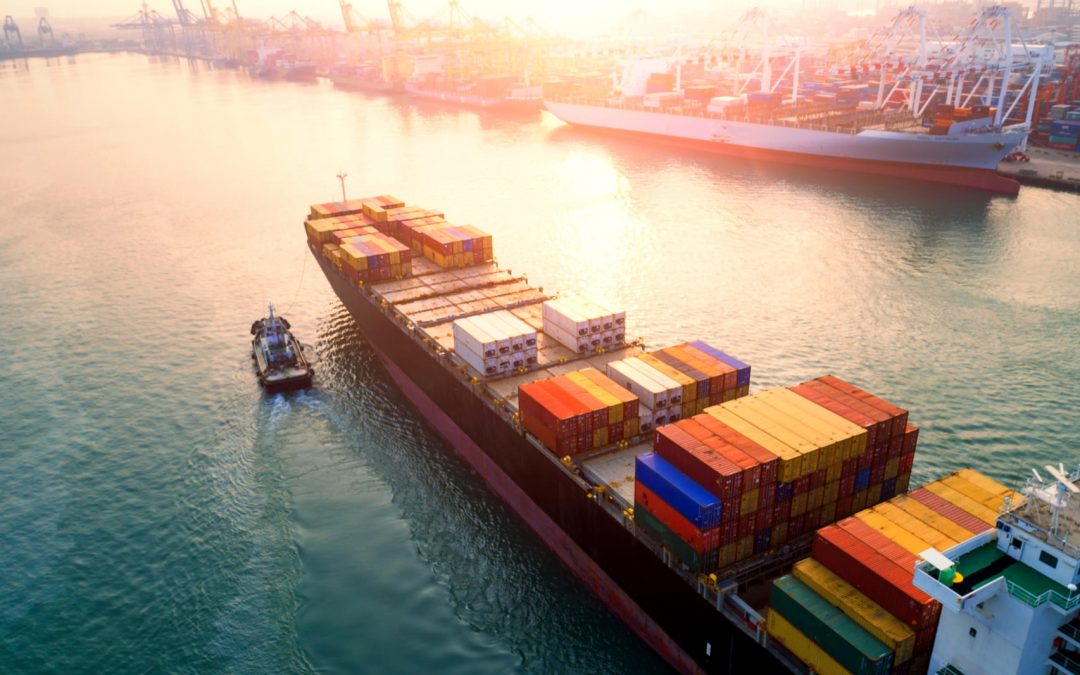The substantial expansion in the Singapore reforming spread, fueled by relatively high gasoline values and a weak naphtha complex, has pushed gasoline blenders to use more naphtha which lowers octane levels, market sources said.
However, with peak US summer gasoline demand season right around the corner, along with a wide inter-RON spread, gasoline blenders were eager to produce higher octane gasoline, ramping up demand for octane boosters.
“Demand for all octane boosters, such as toluene, iso-mx, and reformate, is rising now as naphtha prices are low,” a trader said.
Rising production of higher octane gasoline coincided with the US’ strong demand for the higher octane grade during the peak summer driving season, market sources said.
In light of the gasoline market strength, additional supplies of higher-octane Asian gasoline are expected to be absorbed by Malaysia and Vietnam as higher octane outright prices were comparatively low, sources said. The Platts-assessed FOB Singapore 95 RON gasoline averaged at $100.26/b in April and at 90.17/b in May, S&P Global Commodity Insights data showed. The grade was assessed at an average of $93.20/b over June 1-19.
The Singapore reforming spread, the difference between Singapore 92 RON gasoline and the Singapore naphtha derivative, has kept naphtha as an attractive gasoline blendstock. The Platts-assessed spread widened $3.81/b week on week to a 9 1/2 month high of $30.15/b on June 19. The spread was last higher on Aug. 30, 2022, at $36.65/b.
Blenders were keen on octane-boosting components as key Platts-assessed FOB Singapore 95-92 inter-RON spread widened 61 cents/b days on a day to more than a seven-month high of $6.43/b on June 16 before settling at $5.14/b on June 19. The spread was last at a similar level at the Asian close on Nov 15, 2022.
“Product cracks are now led by gasoline as US summer driving season officially kicked off over the Memorial Day weekend. Gasoline cracks are expected to remain strong with the marginal supply of gasoline from blending naphtha keeping octane values elevated,” said JY Lim, senior adviser for Asia-Pacific oil markets at S&P Global.
Firm gasoline market
Asia’s gasoline complex was supported by high demand from the US and Mexico amid the former’s summer driving season and on the back of several refinery fires, sources said.
US demand for Asian gasoline blendstocks, such as reformate, was high due to firm domestic demand during the summer driving season, market participants said.
Fires at Pemex’s 330,000 b/d Salina Cruz, 285,000 b/d Minatitlan refineries, and 186,000 b/d Madero refineries in Mexico in the first-half May caused several Asian gasoline cargoes to head to Mexico, market sources said.
Asia’s gasoline prices were also propelled higher by refinery works in Australia, India, and Vietnam, sources said.
Among others, Viva Energy’s Geelong refinery faced an extended turnaround due to an incident with the compressor on June 6, while India’s BPCL will shut Bina refinery’s 156,000 b/d CDU for a planned turnaround over July. Vietnam’s Nghi Son refinery, on the other hand, will shut for 55-day planned maintenance on Aug. 25, S&P Global previously reported.
“Going forward, Asian oil demand is expected to be some 790,000 b/d higher in H2 vs H1 2023, as opposed to 145,000 b/d lower for regional crude runs. This points to tighter product balances for H2 2023, which should be supportive for gasoline cracks,” Lim said.
This was reflected in the physical FOB Singapore 92 RON gasoline crack spread against front-month ICE Brent crude futures, which averaged $12.80/b over June 1-19, up $2.99/b from $9.81/b in May.
Naphtha supply lengthens
Asia’s naphtha complex has been on a downtrend from as far back as Q3 2022 due to a lack of demand for naphtha feedstock by olefin producers, market sources said. This was made worse by ample supplies from the Middle East and India as a result of additional inflows due to the ongoing Russia-Ukraine conflict.
Platts assessed CFR Japan naphtha physical crack spread against front-month ICE Brent crude oil futures fell to $40.875/mt June 19, S&P Global data showed, the lowest since it was assessed at minus $44.775/mt on Sept. 13, 2022.
As a result, Platts-assessed front month FOB Singapore naphtha swap fell $1.55/b week on week to $55.75/b June 19, a level last lower on Feb. 1, 2021, when it was assessed at $55.15/b.
Naphtha stocks in Asia were high as Russian exports lengthened supply in key storage hubs Singapore and the Middle East, sources said.
While some gasoline blenders avoided Russian-origin naphtha, there was an ample supply of blended naphtha in commercial storage tanks which were available and widely used as gasoline blendstock, a naphtha trader said.
Source: Hellenic Shipping News






